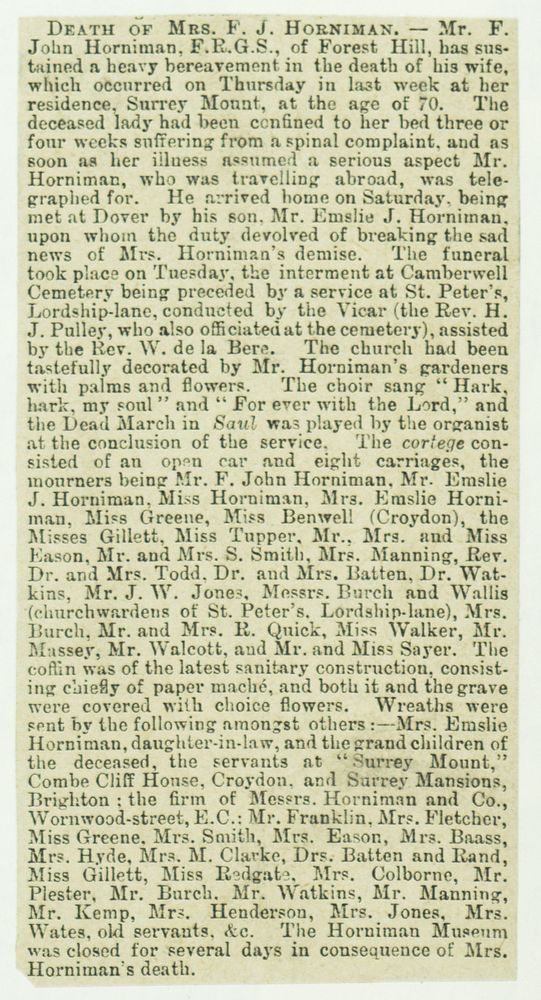
Community Commentary by Ajetunmobi within research project: 'Rethinking Relationships and Building Trust around African Collections' 2021
This is a picture of a granary in Oyo. Granary is widely used for storage of grains in the savanna region of Nigeria. It is to grains what barn is to tuber crops like yam. Granaries are human adaptations to preserve their produces from the farm. The people of Oyo are mainly farmers and they grow grains because of the texture of their lands. Some of the grains they produce include but not limited to guinea corn/ sorghum and maize. The farmers take their time to design and construct granaries that can take the proportion of their harvest. If well-constructed, granaries can store grains for five years. However, it is tedious and requires man power. It may take between two and four weeks to complete a granary.
In most communities, granaries are constructed through communal efforts. A man with a very large family can employ the services of his family to build a granary. The scenes of thatch and wooden granaries are still available in Oyo; however, People are replacing the wooden and thatched roof with modern buildings in recent times.







Community Commentary